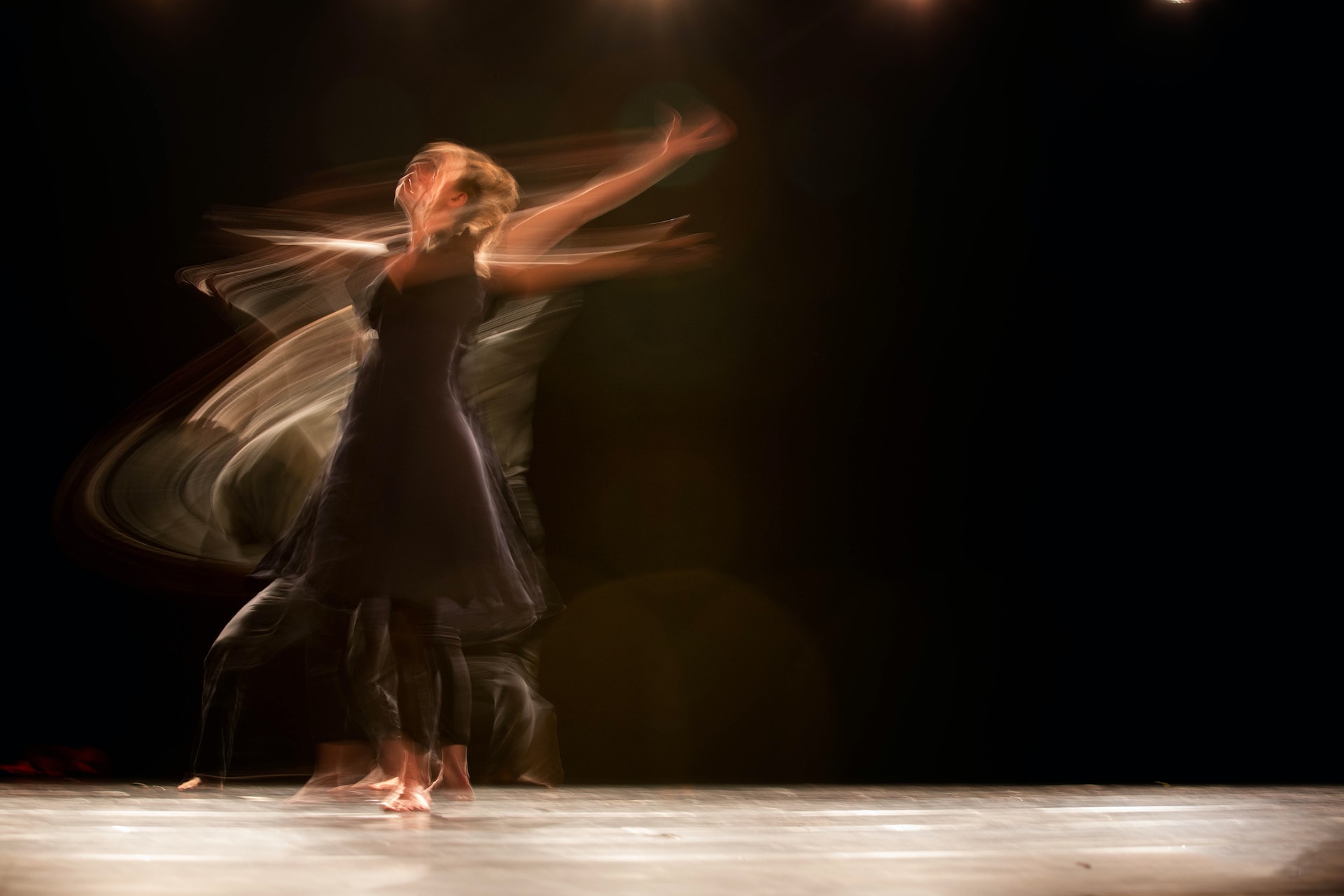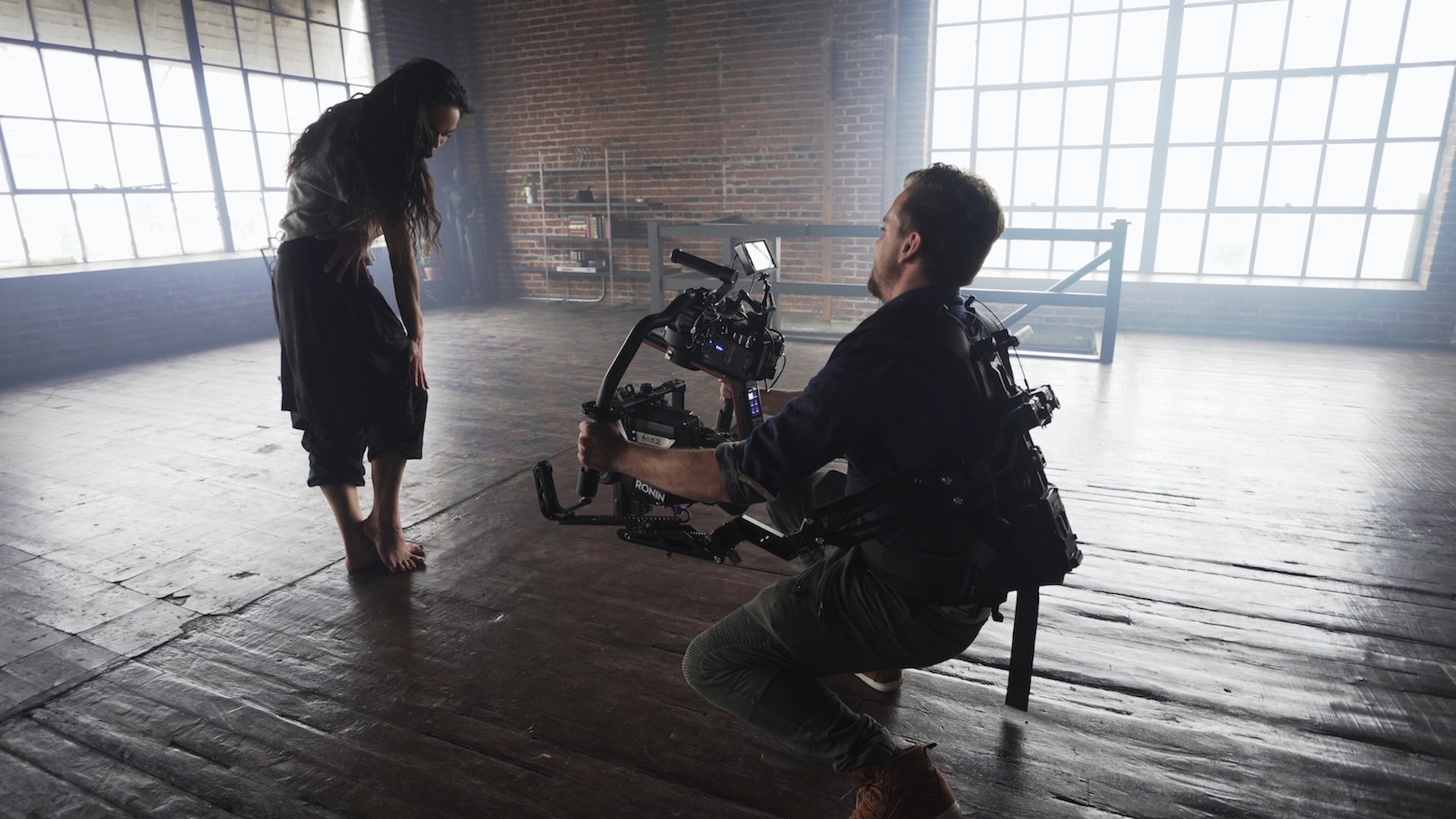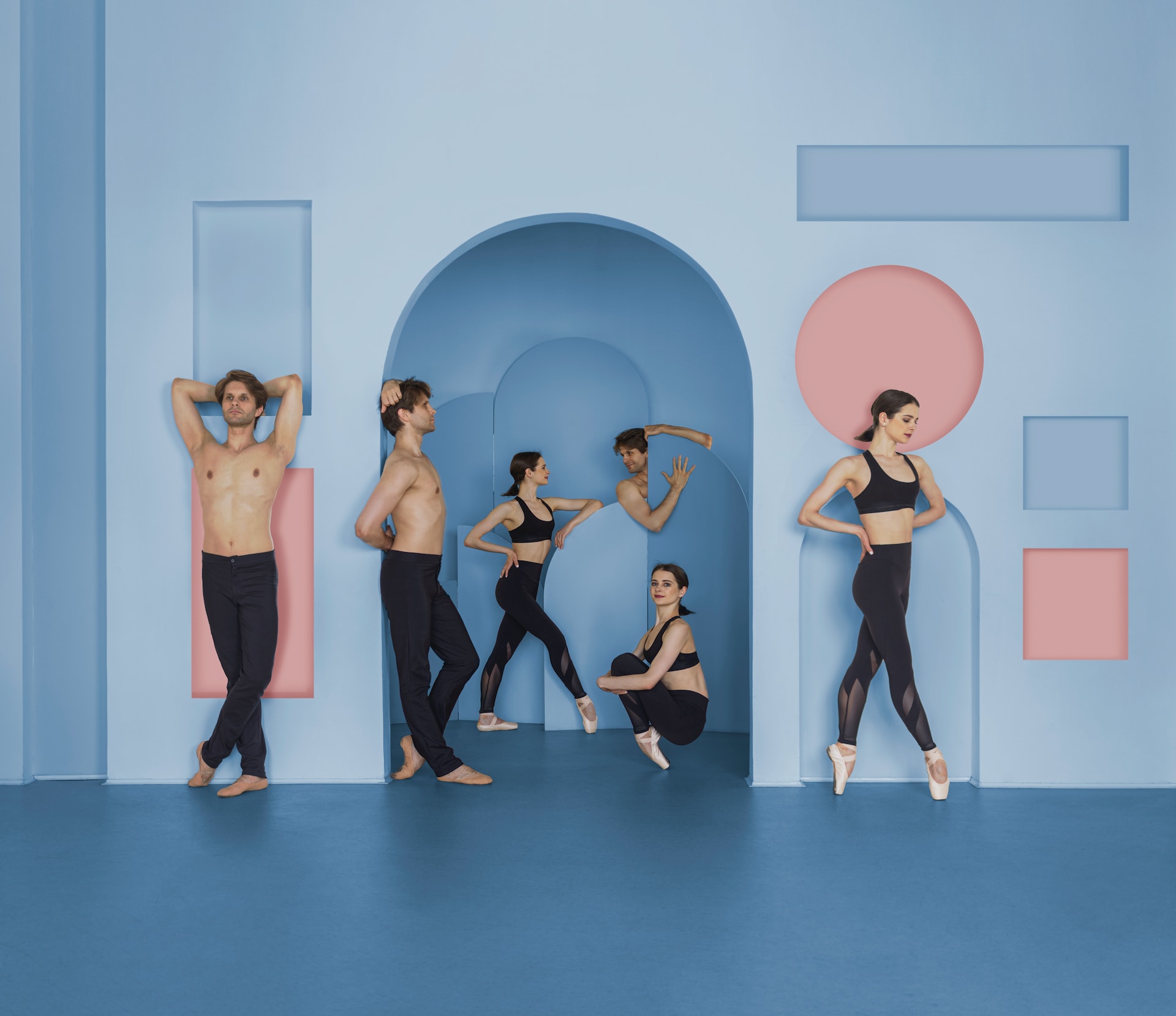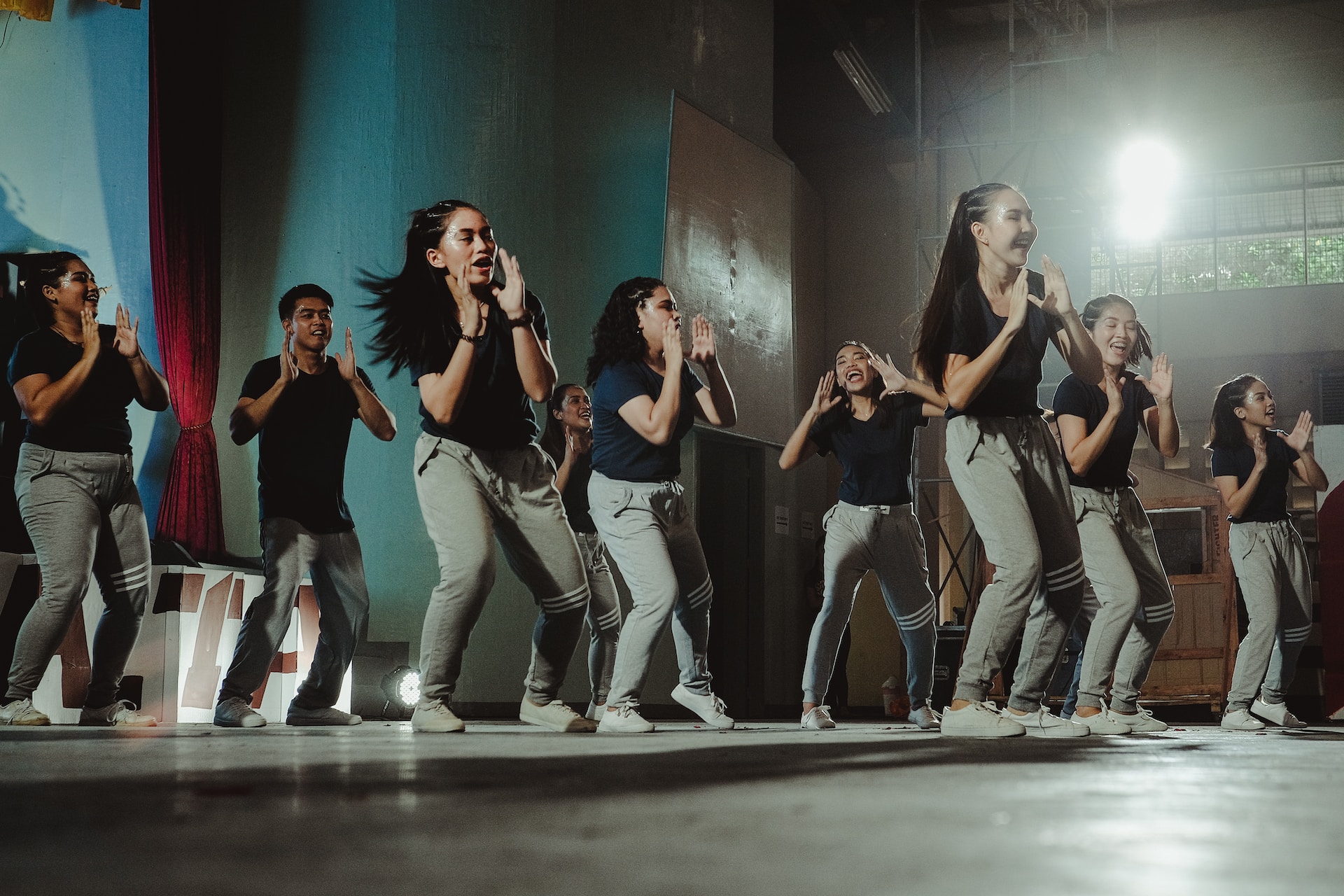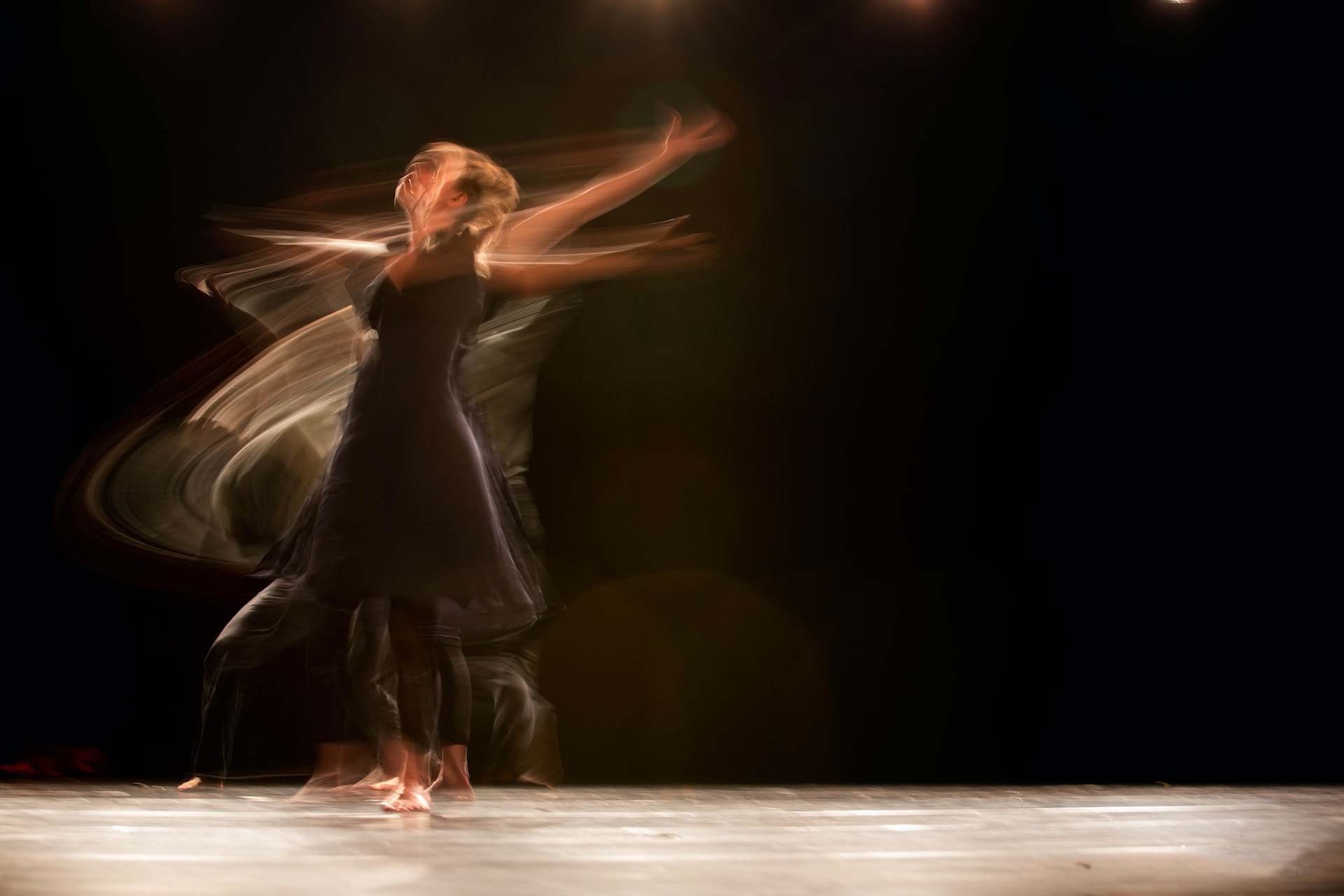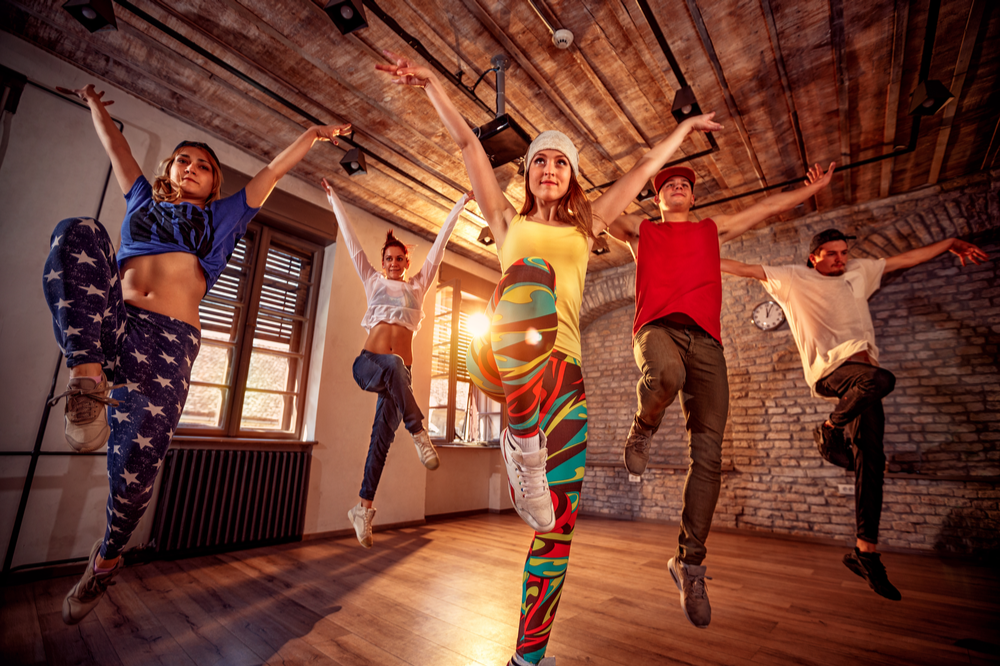Menerokai Keindahan Tarian: Tarian-Tarian Talent Terkini yang Wajib Anda Cubai by Yen Sze Chong
Menyertai dunia tarian adalah pengalaman yang mengujakan dan mencabar. Terdapat berbagai macam tarian talent terkini yang menawarkan gaya dan keunikan yang berbeza. Jika anda mencari tarian yang menarik untuk dicuba, terdapat beberapa pilihan menarik yang pasti akan memikat minat anda. Seterusnya, kami akan meninjau beberapa tarian talent terkini yang patut anda cuba.
Tarian Hip-Hop: Hip-Hop adalah genre tarian yang terkenal dengan gerakan dinamik dan irama yang menggembirakan. Ia melibatkan elemen-elemen seperti gerakan badan yang lincah, lompatan, dan teknik-teknik tarian yang unik. Anda boleh memulakan pengajaran dengan belajar beberapa gerakan asas seperti “b-boying” (breakdancing), “popping,” dan “locking” untuk memperluas pengetahuan anda dalam tarian hip-hop.
Tarian K-pop: K-pop telah menjadi fenomena global dengan kumpulan-kumpulan seperti BTS dan BLACKPINK. Ia menggabungkan elemen-elemen tarian hip-hop, R&B, dan gaya yang berbeza. Anda boleh mencuba mengikuti rutin tarian dari muzik video K-pop kegemaran anda atau belajar daripada tutorial tarian K-pop di internet. Langkah-langkah yang energetik dan koreografi yang menarik dalam tarian K-pop pasti akan memberikan pengalaman yang menggembirakan.
Tarian Salsa: Salsa adalah tarian berpasangan yang berasal dari Amerika Latin. Ia melibatkan langkah-langkah pantas, putaran, dan pergerakan badan yang berirama. Anda boleh mengambil kelas tarian salsa atau belajar melalui tutorial dalam talian. Salsa akan memberikan anda peluang untuk menguasai keserasian dengan pasangan dan merasakan kegembiraan melalui pergerakan tarian yang dinamik.
Tarian Bollywood: Bollywood adalah industri filem India yang terkenal dengan tarian-tariannya yang berwarna-warni dan energetik. Tarian Bollywood menggabungkan elemen-elemen tarian tradisional India dengan gaya moden. Anda boleh mempelajari beberapa gerakan Bollywood yang ikonik seperti “thumkas” (gerakan pinggul) dan “bhangra” (gerakan kaki yang berirama). Melalui tarian Bollywood, anda dapat merasai keindahan seni tarian India dan menghidupkan suasana yang ceria.
Tarian Salsa Zumba: Salsa Zumba adalah gabungan antara tarian salsa dan senaman Zumba yang terkenal. Ia melibatkan pergerakan tarian salsa yang energetik dalam format latihan kesihatan. Anda boleh mencuba mengikuti kelas Salsa Zumba yang ditawarkan di pusat senaman atau menonton tutorial dalam talian. Dengan menggabungkan unsur seni tarian dan senaman, Salsa Zumba akan memberikan anda pengalaman yang mengasyikkan dan memberikan kesan positif kepada kesihatan fizikal anda.
Tarian Bhangra: Bhangra adalah tarian tradisional Punjabi dari India. Ia melibatkan pergerakan kaki yang pantas, lompatan, dan tarian gembira. Anda boleh mempelajari beberapa gerakan Bhangra seperti “boliyan” (gerakan tangan) dan “jhumar” (gerakan lompatan). Sertailah kelas tarian Bhangra atau belajar melalui tutorial dalam talian untuk merasai kegembiraan tarian ini dan menghayati budaya India.
Tarian Belly Dance: Belly Dance atau tarian perut adalah tarian tradisional dari Timur Tengah yang menekankan gerakan-gerakan pinggul dan perut. Ia adalah gabungan antara keanggunan dan kekuatan. Anda boleh mempelajari gerakan dasar seperti “shimmies” (getaran) dan “hip drops” (gerakan pinggul). Mengambil kelas tarian perut atau belajar melalui tutorial dalam talian akan membawa anda ke dalam dunia yang misteri dan sensual.
Dalam cuba-cuba tarian-tarian ini, pastikan anda melakukannya dengan semangat terbuka dan gembira. Adalah penting untuk melatih dan menguasai gerakan-gerakan asas terlebih dahulu sebelum memperdalam teknik dan gaya unik setiap tarian. Seterusnya, nikmatilah perjalanan anda dalam dunia tarian dan biarkan diri anda terpesona oleh keindahan dan keunikan setiap tarian talent terkini.
